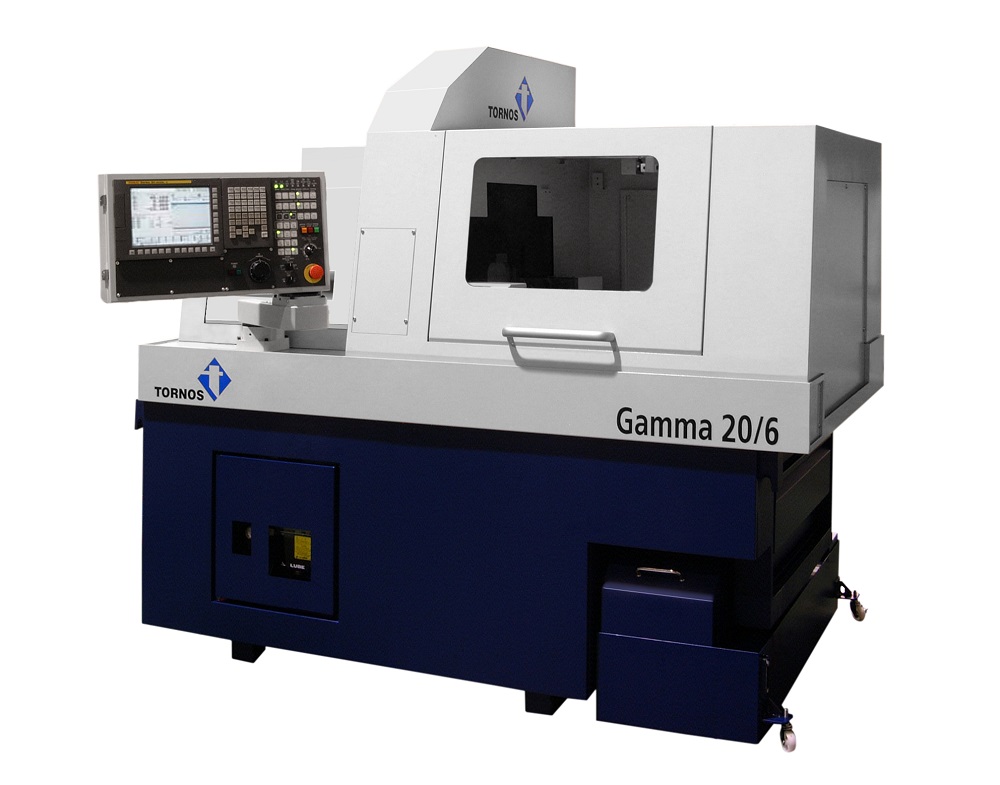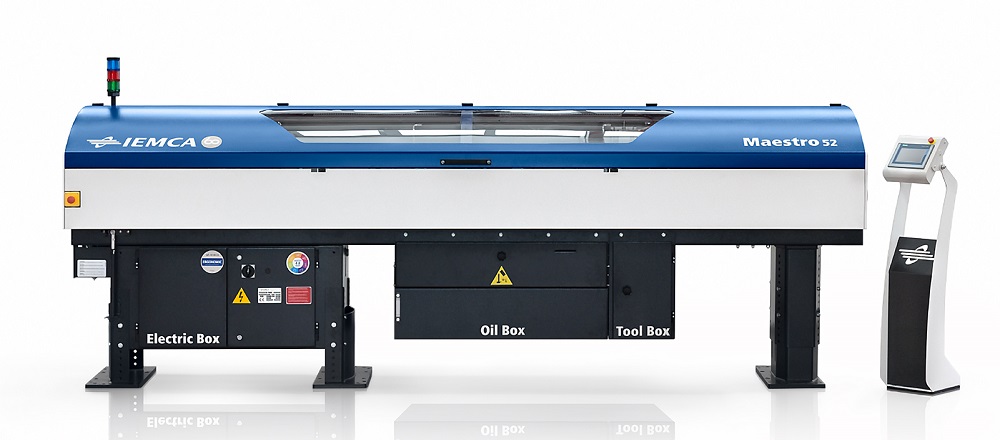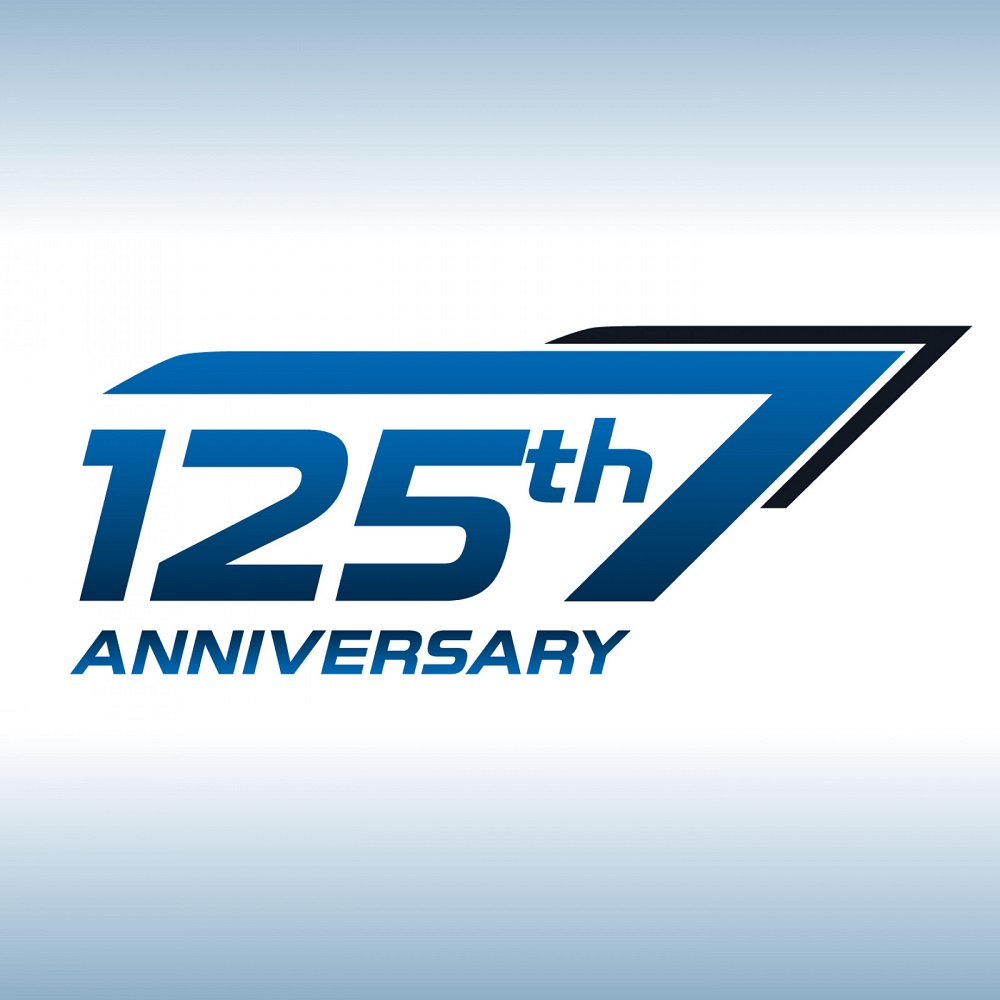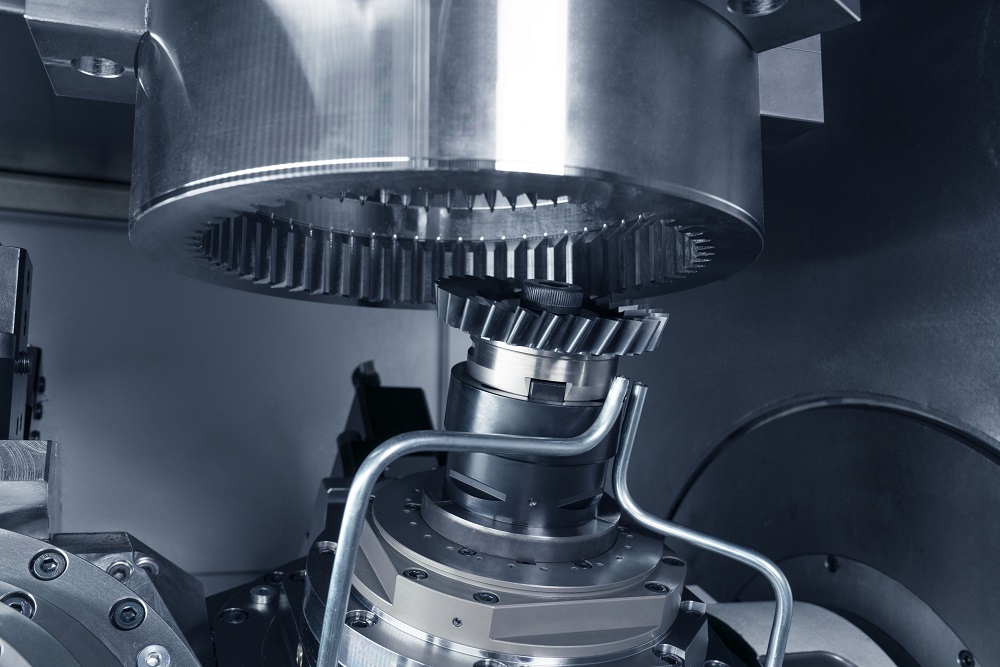Technoset continually invests in its operations to ensure the company always has the latest equipment to improve operations, an ethos exemplified by its recent investment in a new Tornos Gamma 20. The company says that this Swiss-type lathe delivers precision and speed for complex machining and is ideal for high-volume production.
The main benefits of the Tornos machine are that it can perform many operations simultaneously, enabling high-volume throughput with no drop in the quality of finish. Notably, the liquid-cooled spindle can run up to 10,000rpm, delivering high levels ofprecision. According to Technoset, the Tornos is also built to last, delivering the same consistent results time after time – an essential trait for a companythat insists on a consistently high level of quality for its customers.
Technoset’s newTornos machine is capable of performing many different operations, supporting the fast production of complex components. Combined with Technoset’s other machines, the investment will allow the company to reduce lead times and offer an even better service.
While the machine is highly advanced and delivers elevated levels of performance, the Tornos Gamma 20 is also energy-efficient and low maintenance. These attributes bring down overall production costs for customers and enables Technoset to offer a wider range of services, at excellent value.
Technoset says it is always investing in its facilities with the addition of new technology. As a case in point, another recent arrival is a new Miyano ABX51/64 fixed-head turning centre.
For further information ww.techno-group.co.uk



















